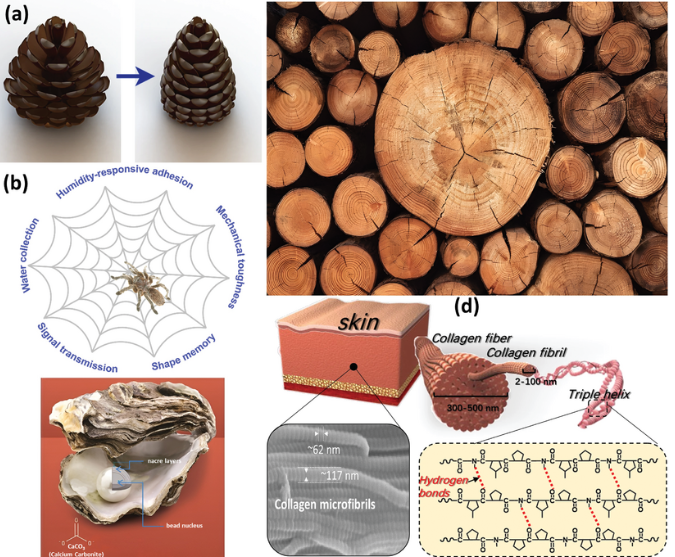Polylactic acid (PLA) plastic – one of the most popular materials used in desktop 3D printing.
- anikshakar6
- Sep 29, 2023
- 1 min read
HOW IS IT MADE?
PLA is a type of polyester made from fermented plant starch from corn, cassava, maize, sugarcane or sugar beet pulp. The sugar in these renewable materials are fermented and turned into lactic acid, when is then made into polylactic acid, or PLA. The material properties of PLA makes it suitable for the manufacture of plastic film, bottles and biodegradable medical devices, including screws, pins, plates and rods that are designed to biodegrade within 6 to 12 months. PLA can be used as a shrink-wrap material since it constricts under heat. This ease of melting also makes polylactic acid suitable for 3D printing applications. However, many types of PLA have a low glass transition temperature, making them unsuitable for making plastic cups designed to hold hot liquids.
ADVANTAGES:
Environmentally friendly (if disposed of correctly)
Easy to 3D print. Safe for use in applications such as food containers and medical devices
Comes with a wide range of composite and color options to provide different properties and appearances
Can be solvent welded (such as with dichloromethane)
MAIN COMPONENT:
1. *Lactic Acid*: The basic building block of PLA, lactic acid is typically derived from fermented plant starches such as corn or sugarcane.
2. *Polymer Chains*: Lactic acid molecules are polymerized to form long chains, creating the PLA polymer.
3. *Additives*: Depending on the specific application, PLA may contain various additives such as plasticizers, colorants, and stabilizers to enhance its properties and performance.
4. *Heat and Pressure*: PLA is produced through a polymerization process involving heat and pressure to form the final plastic material.
HDT 126 °F (52 °C)
Density 1.24 g/cm³
Tensile Strength 50 MPa
Flexural Strength 80 MPa
Impact Strength (J/m) 96.1
Shrink Rate 0.37-0.41% (0.0037-0.0041 in/in)










Comments